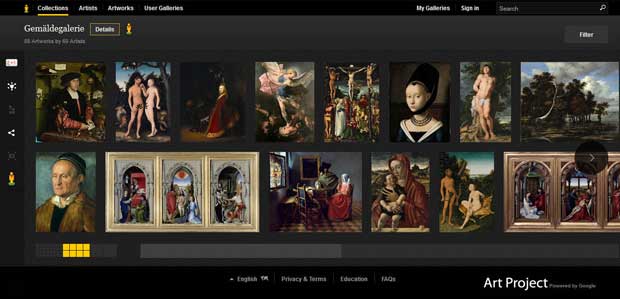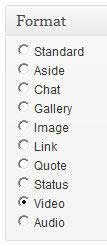DNA oligonucletides (oligo) are short stretches of DNA sequences. Due to the double-stranded nature of DNA, one can design an oligo which has the complementary sequence to any gene of interest. If these oligos, or probes, are attached to a solid surface in a defined grid (x rows and y columns), a genechip (also called microarray or DNA chip) has been created.
If the genechip is put in contact with a solution containing sequences of gene products, these products (targets) will bound with their complementary probes. This process is called hybridization. The more products of a gene are in the solution, the more will hybridize with the probe on the surface of the microarray.
To identify the hybridized targets, it is necessary to label them. There are several techniques to do this marking. Beneath labeling with radioactive isotopes, the most common non-radioactive technique is fluorescent dye (FISH : fluorescence in situ hybridization). Most popular are Cyanine dyes, especially Cy3, fluorescent in the green region and Cy5, fluorescent in the red region.
One dye color is sufficient to measure the abundance of particular gene products in particular regions by scanning the microarray. The most common approach however is a two-color design where one of the samples of the gene products is a universal reference sample.
A gene product is the biochemical material, either functional RNA or protein, resulting from the activity (expression) of a gene. The amount of gene products depends on how active a gene is. In most experiments the ribosomal RNA (rRNA) is used as the gene product, because rRNA is one of only a few gene products present in all cells. Ribosomal RNA provides a mechanism for decoding mRNA into amino acids.
After the hybridization, the unbound material is washed away and the microarray is scanned. Once the data is collected, it can be analyzed by sophisticated bioinformatics tools. The results are usually published and shared with the scientific community in specialized data-bases.
The following list of links provides further informations and some interactive animations about genechip expression analysis technologies :


